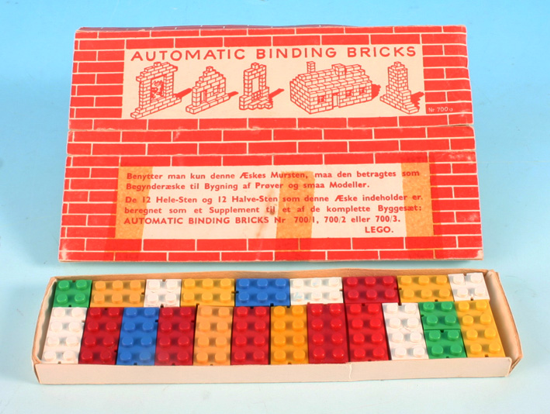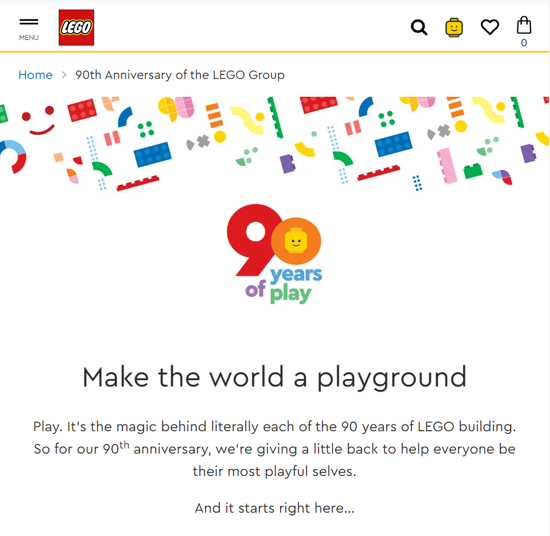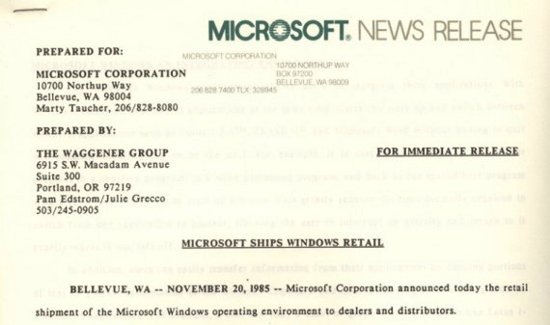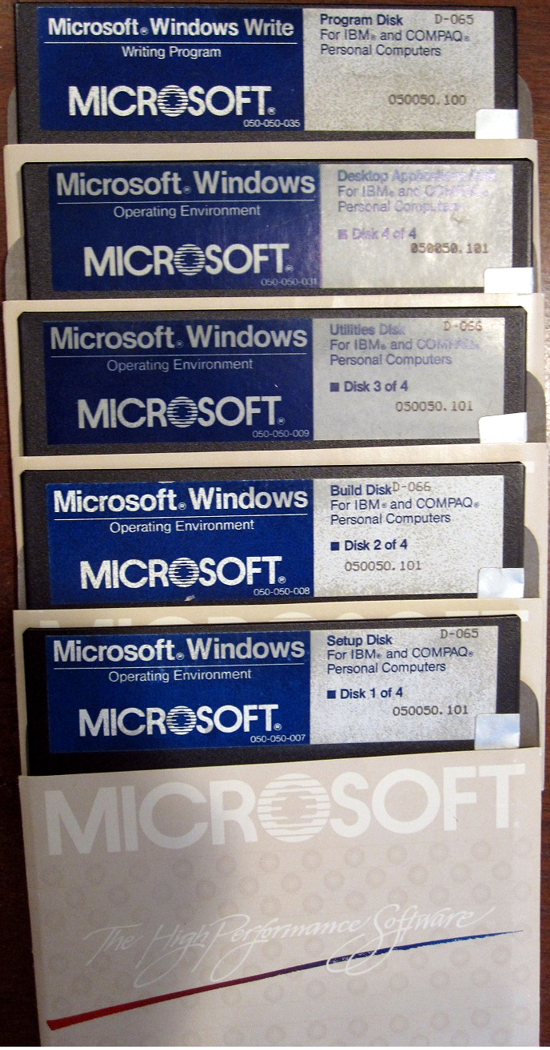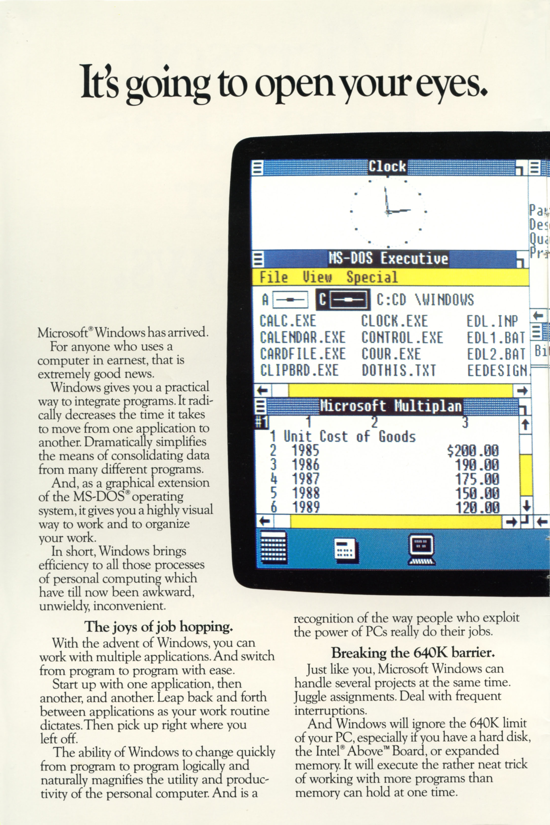 |
| Ferrari logo 1947 by Eligio Gerosa |
Category: Cars
Subcategory: Sports car
Designers: Alberto Massimino, Vittorio Bellentani
Producer: Auto Avio Costruzioni (founded by Enzo Ferrari on September 1, 1939, the company name changed to Auto Costruzioni Ferrari in 1957)
Production start: 1940 - Modena, Italy
Features: The engine was largely based on the four-cylinder, 1.1 L engine of the 508 C Balilla 1100. In concept, it was two 508C engines placed end to end, but it used a specially designed aluminium block built by Fonderia Calzoni in Bologna for integrity and light weight and a five-bearing crankshaft and a camshaft designed and built by AAC to get the traditional straight-8 timing and balance. The engine used Fiat valve gear, cylinder heads (two 508C heads per engine), and connecting rods. The engine was high-tech for the time, with a single overhead camshaft, two valves per cylinder, and a semi-dry sump lubrication system. Four Weber 30DR2 carburettors were specified for a total output of 75 hp (56 kW) at 5500 rpm. The 815 used a Fiat four-speed transmission with the Fiat gears replaced by gears made in-house by AAC. The transmission was integral to the engine block. The car had independent Dubonnet suspension with integral shock absorber at front, with a live axle on semi-elliptic leaf springs and hydraulic shock absorbers at the rear. The bodywork was done by Carrozzeria Touring using Itallumag 35, an aluminium/magnesium alloy, and was done in long, flowing forms with integrated wings. The bodywork weighed 119 lb (54 kg). The complete car weighed 625 kg (1,378 lb) and attained a maximum speed close to 170 km/h (110 mph).
Interesting facts: The AAC 815 was designed and developed in 1940 at Auto Avio Costruzioni, the company founded by Enzo Ferrari. Although a contract clause restricted him from racing or designing cars for four years, Ferrari managed to manufacture two cars for the 1940 Mille Miglia; however, legal issues with former associates Alfa Romeo prevented Ferrari from creating the Ferrari marque. One of the cars was later scrapped, while the other is currently in a car collection in Italy. The designation "815" was based on the car's 8-cylinder, 1.5 L engine.
Quote (Enzo Ferrari): «Bad luck does not exist».
Property: Ferrari S.p.A.
Producer website: http://www.ferrari.com
 |
 |
 |
 |
 |
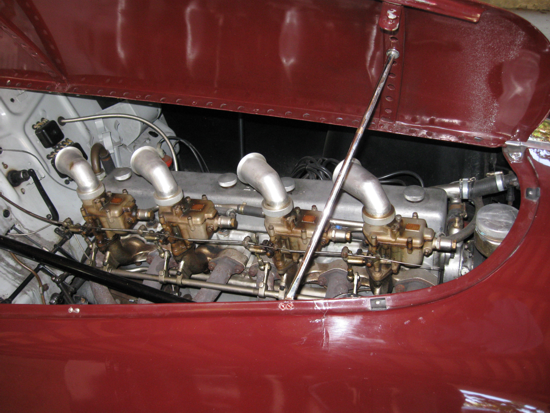 |
Auto Avio Costruzioni 815, the first car designed by Ferrari (1940)
|
 |
 |
Auto Avio Costruzioni 815, the only two models with their respective owners: the Italian racing drivers Alberto Ascari (top) and Lotario Rangoni Machiavelli.
|
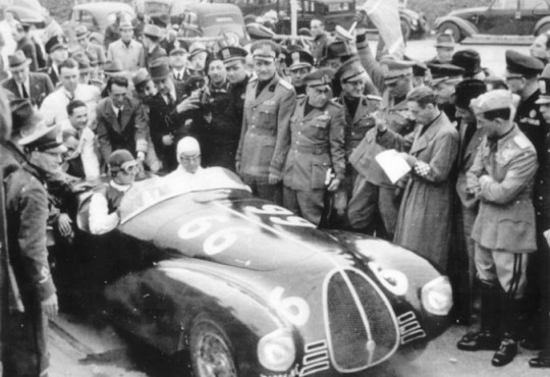 |
Auto Avio Costruzioni 815 at the Mille Miglia (April 28, 1940)
|
 |
Enzo Anselmo Ferrari (Modena, February 18, 1898 - Maranello, August 14, 1988), motor racing driver, entrepreneur and founder of the Ferrari S.p.A.
|
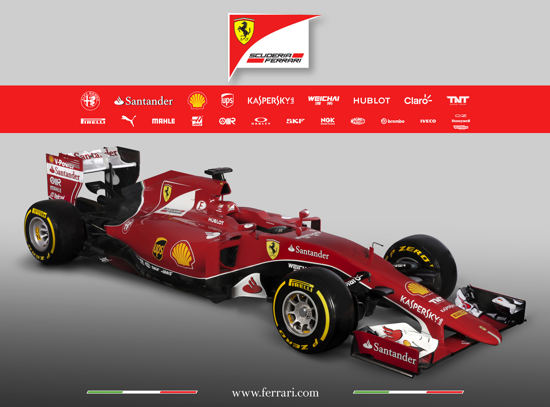 |
Ferrari advanced models (2015): the Formula One racing car model SF15-T, and the sport car model 488 GTB (official video)
|





















